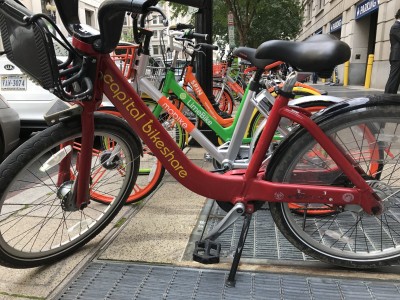-

Autonomous Vehicles
Experts anticipate that within a decade or two, autonomous vehicles may well make up the majority of cars and trucks on the roads. How can DC ensure that autonomous vehicles have a positive effect on safety, congestion, pollution, and sprawl instead of a negative one? DCST is working to make recommendations.

-
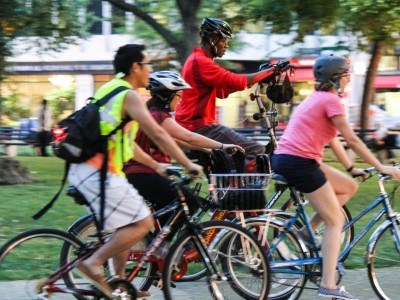
Bicycling
Bicycling is a space-efficient, healthy, green way to move many people around DC and our region. DCST and its members work to provide safe, comfortable, and convenient access to bicycle options including bike lanes and racks.

-
Bikeshare
Capital Bikeshare has more than 440 stations and 3,700 bicycles around the region. Now, many private "dockless" bikeshare systems are also interested in launching their services in DC. DCST has worked with stakeholders to recommend ways to encourage and also regulate these services.

-
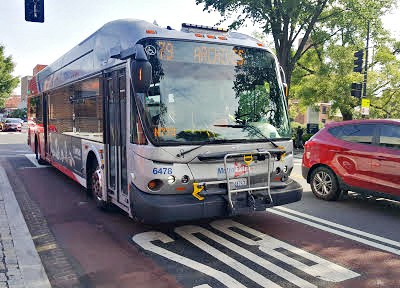
Bus Service
DCST supports frequent, safe, reliable, speedy bus service on the DC Circulator and Metrobus to serve residents all over the city and transport them where they need to go. Especially given Metro's struggles, it's important to offer high-quality bus routes that meet DC's mobility needs.

-

Congestion
Long commutes, especially with traffic congestion, take up time, add pollution, and reduce economic growth. Meanwhile, decongestion pricing is keeping people moving in London, Stockholm, Singapore, and soon New York. Would it make sense for DC?

-
_400_300_90_c1.jpg)
Freight
With the rise of e-commerce, there is more demand than ever to deliver things to homes and offices, from furniture to dinner. DC needs to ensure there is space for the trucks, bikes, sidewalk robots, and everything else making deliveries.

-

Metro
The Washington Metro is the backbone of the region's transit system with more than 600,000 rides taken every weekday. DCST supports a healthy, effective Metro system and restoring late-night service.

-
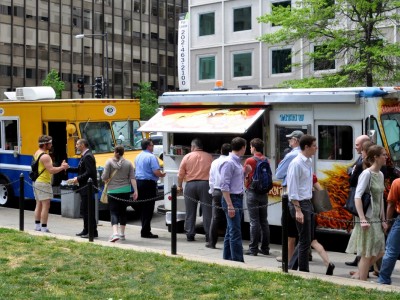
Parking and Curbside
Changing travel patterns, the rise of e-commerce, and new transportation technologies are shifting the demands for limited curbside space. Transit, driving, parking, ride hailing, deliveries, and more are all vying for limited space. DCST convenes BIDs and government officials to identify ways to better balance these needs.

-

Ride Hailing
Uber, Lyft, Via, and other services are changing the landscape of transportation by providing cheaper, easier access to a ride than ever before. They're also working to encourage people to share rides.

-

Streetcars
The DC Streetcar provides a comfortable transit ride on H Street NE. DC plans to extend it to Benning Road in the east and Georgetown in the west. DCST supports funding the streetcar's expansion on both ends and using dedicated lanes as much as possible.

-

Taxis
Taxis transport residents and visitors especially in the central business areas. Good planning around fares, taxi loading zones, and more can keep this a strong part of DC's transportation network.

-
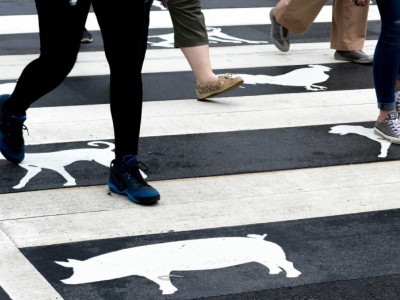
Walking
Everyone is a pedestrian when they begin or end their travel, and our business districts strive to be safe and conveniently accessible on foot for people who live within walking distance or who take other modes of travel and walk between offices, restaurants, and shops.


Issues
Image by Erica F used with permission.

